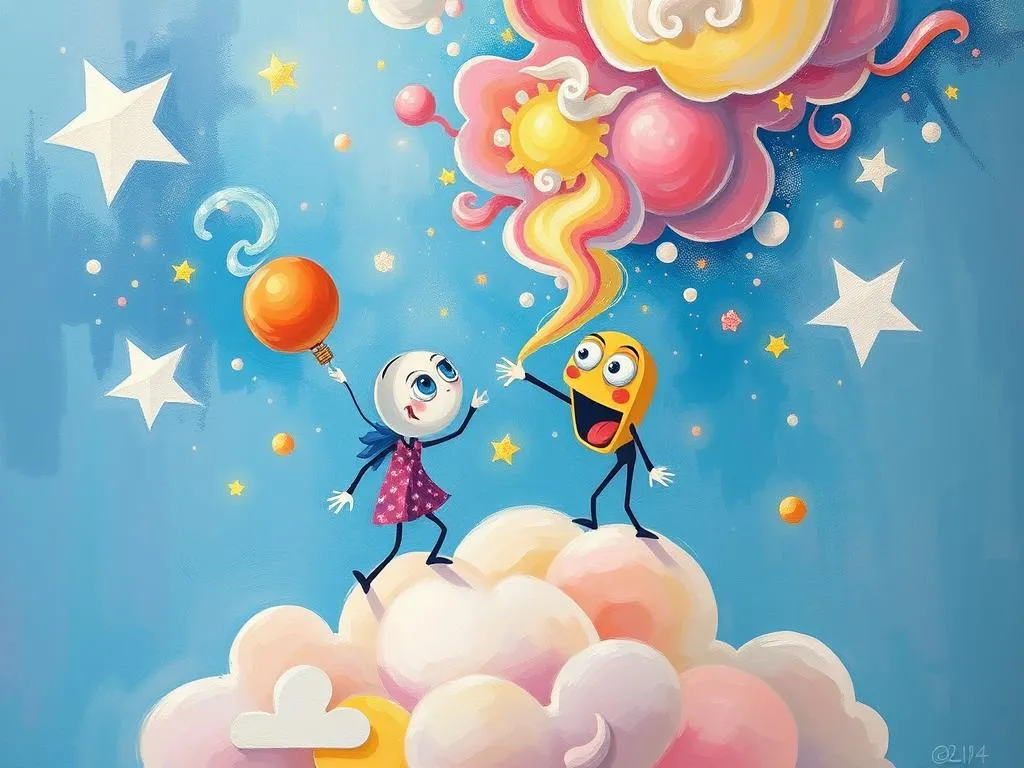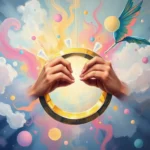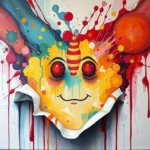
Have you ever woken up from a dream and thought, “What on Earth was that all about?” Dreams can often feel like a jumbled mess of imagery, emotions, and symbols that leave us both puzzled and curious. Yet, within this chaos lies a treasure trove of insights waiting to be uncovered. As we embark on this exploration of dream symbolism, let’s not just decipher what our subconscious is telling us; let’s also consider how these interpretations can illuminate our waking lives.
Imagine that your dreams are like a secret language, composed of symbols that speak to your fears, desires, and unresolved issues. By understanding these symbols, you can unlock a deeper understanding of yourself and your experiences. So grab a cup of tea, and let’s dive into the fascinating world of dream interpretation—where every symbol has a story, every scenario has a lesson, and every dream can be a step toward personal growth.
The Language of the Mind: Decoding Symbols
When venturing into the realm of dreams, one must first understand that symbols are not static; they are fluid and can carry different meanings based on context. Dreams can be seen as a mirror reflecting our inner world, and the symbols within them often represent our feelings, fears, and life situations. For instance, dreaming of water might symbolize emotional states and the depth of your subconscious, while flying could represent a desire for freedom or escape from life’s constraints.
A classic symbol is the house, which often represents the self. Different rooms can signify different aspects of your personality or experiences—perhaps the attic holds your hidden thoughts, while the basement might symbolize repressed emotions. Similarly, vehicles in dreams can indicate your journey through life; are you driving confidently, or are you a passenger on someone else’s ride? Understanding these symbols allows you to engage meaningfully with your dreams, turning them from mere nighttime narratives into powerful reflections of your waking life.
Cultural perspectives add another layer of richness to dream symbols. For example, in many Indigenous cultures, dreaming is a sacred practice that connects the dreamer with their ancestors and spiritual guides. In contrast, Western psychology often approaches dreams as a reflection of personal struggles and desires, as exemplified by Freud’s emphasis on repressed desires and Jung’s focus on archetypes. By considering both cultural and psychological viewpoints, you can gain a more holistic understanding of the symbols present in your dreams.
Dreamscapes: Tales from the Dreamworld
Now, let’s explore some dream scenarios that illustrate the vibrant tapestry of symbols and meanings. Each scenario offers a glimpse into the complexity of the human experience, showcasing how varied dreams can be.
Scenario 1: The Endless Staircase
You find yourself climbing an endless staircase, each step requiring immense effort. You feel a mix of frustration and determination. This dream could symbolize your struggles in achieving personal goals. The staircase represents the journey of self-improvement, and the endless nature of it may indicate feelings of being overwhelmed or stuck in a cycle of ambition without reward.
Scenario 2: The Vanishing Friend
In this dream, you’re surrounded by friends, but one person suddenly fades away. This scenario might tap into feelings of loss or abandonment. The vanishing friend could represent someone you fear losing or aspects of yourself that you feel are slipping away. It’s a poignant reminder to cherish relationships and communicate openly with those you care about.
Scenario 3: The Lost Child
You dream of wandering through a crowded marketplace, desperately searching for a lost child. This dream can evoke feelings of anxiety and responsibility. The lost child might symbolize a part of yourself that feels neglected or overlooked. Perhaps it’s a reminder to nurture your inner child or to reconnect with forgotten dreams and aspirations.
Scenario 4: The Broken Mirror
You stand before a broken mirror, seeing fragmented reflections of yourself. This dream can signify feelings of insecurity or self-doubt. Each shard represents a different aspect of your identity that may feel disjointed or fractured. It invites you to explore your self-image and work towards embracing your wholeness.
Scenario 5: The Stormy Ocean
You’re adrift on a stormy ocean, battling towering waves. This scenario often reflects emotional turmoil or uncertainty in your waking life. The ocean, a powerful symbol of the subconscious, might indicate that you’re grappling with deep-seated feelings or situations that feel out of control. This dream encourages you to confront your fears and seek calm in the chaos.
These scenarios illustrate how dreams can resonate deeply with our emotional states and circumstances. By analyzing the symbols and themes present in each dream, we can unlock insights that guide us toward self-awareness and understanding.
The Journey Within: Transformative Insights
Dreams are more than mere nighttime narratives; they are opportunities for personal growth and transformation. Embracing your dreams can lead to profound life changes, as they often highlight areas in your life that require attention and healing. Here are some practical insights to harness the power of your dreams for personal development.
-
Keep a Dream Journal: Documenting your dreams can enhance your dream recall and provide patterns over time. Write down your dreams immediately upon waking, capturing not just the events but also your emotions and symbols. This practice can help you identify recurring themes and symbols that may hold significant meaning.
-
Engage in Reflective Practices: After noting your dreams, take time to reflect on their meanings. Consider what aspects of your life might be mirrored in the symbols. Engage in practices such as meditation or journaling, allowing your subconscious to unravel the messages your dreams may hold.
-
Seek Community: Sharing your dreams with friends or joining a dream interpretation group can foster deeper insights. Sometimes, discussing dreams with others can reveal perspectives that you might not have considered, shedding light on hidden meanings.
-
Explore Symbolism: Research the symbols that appear in your dreams, considering cultural, spiritual, and psychological interpretations. Understanding the broader context of these symbols can enrich your personal interpretation, allowing you to draw connections between your inner world and external experiences.
-
Take Action: Ultimately, dreams can serve as a catalyst for change. If a dream reveals a fear you need to confront or a goal you wish to pursue, take steps in your waking life to address those feelings. Whether it’s reaching out for support or setting new intentions, let your dreams guide you toward positive changes.
In reflecting on the nature of dreams, it becomes clear that they are not just random collections of images and narratives; they are profound expressions of our inner selves. Each dream holds potential wisdom, and by engaging with them, you can navigate the complexities of your emotional landscape. As you embark on this journey of understanding, remember that the path to self-discovery is as important as the destination itself.
In closing, let’s embrace the wonder of our dreams. When you awaken tomorrow, take a moment to reflect on your night’s journey. What symbols danced through your mind? What stories were woven in the fabric of your sleep? Allow yourself to explore these questions, for in doing so, you may uncover the keys to your personal growth, healing, and transformation. Your dreams are waiting to be interpreted; it’s up to you to unlock their potential.







